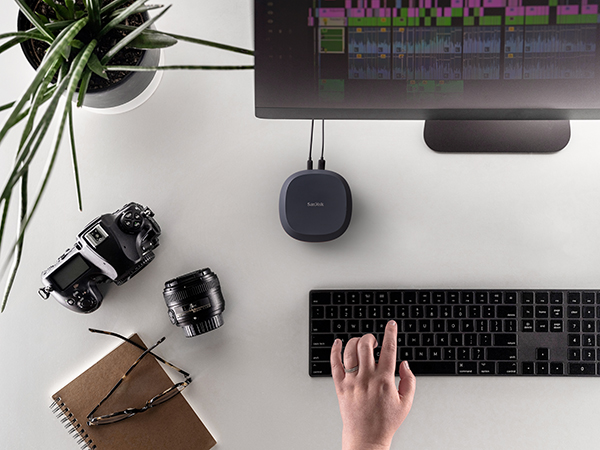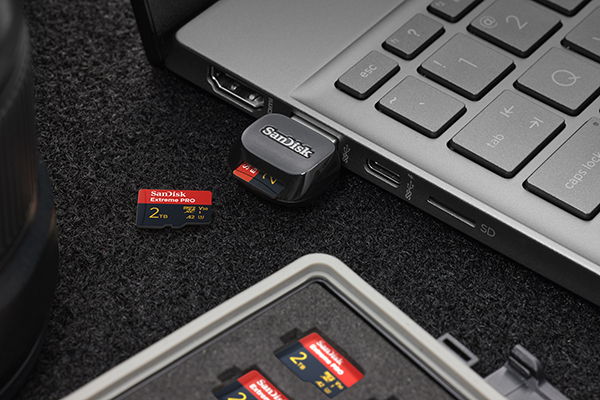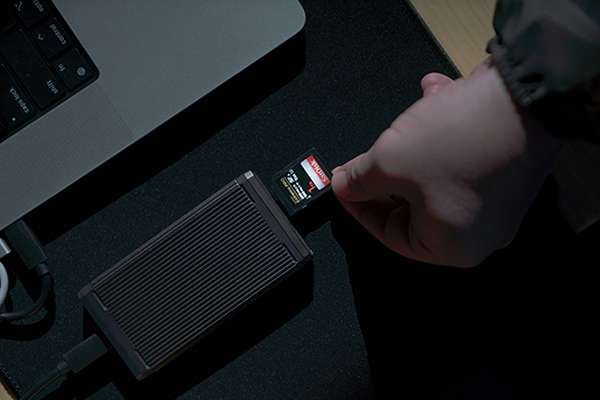We’ve Upgraded Our Media Packages: Here’s What’s New At Sharp Frame Media
We’ve Upgraded Our Media Packages: Here’s What’s New At Sharp Frame Media

The Sharp Frame Media team firmly believes in evolving to meet our clients’ needs. We decided it was time to simplify our media packages so they’re easier to choose and easier to customize. That’s why we’ve restructured our pricing and packages to better reflect the way modern agents work, and now, our updated approach simplifies the booking process while delivering more value every single time.
Previously, our packages were structured by photo count. You might remember them as The Basic, The Just Right, and The Moving On Up, including 15, 25, or 40 photos. While that worked in the past, we’ve realized that agents today need more than just a set number of photos. They need a complete media solution that fits their listing goals.
Our New Packages
1. Photography Package
Perfect for straightforward listings that need high-quality visuals. This is a solid option if you want professional photos with a Basic Floor Plan included, blue skies guaranteed, and a free property website.
2. Showcase Package
Ideal for agents who want a little more. You’ll get 25-40 photos, 2-3 aerials, plus a Zillow 3D Tour (with a floor plan!) to elevate the listing experience. This package is ideal for agents wanting to increase engagement and take advantage of Zillow’s powerful Showcase experience.
(Bonus: We’ll handle uploading your media directly through the Zillow Showcase platform for you.)
3. Photography Package
This is our most comprehensive option. Photos, a Cinematic 90-120 Second Property Video with Agent Intro and a Social Media Reel cut, 5-7 aerial photos, a Detailed Floor Plan, one Virtual Dusk photo, blue skies guaranteed, and a free property website. This package is meant for homes that deserve the spotlight. You can call it the all-in-one marketing suite for high-end or unique properties that demand top-tier presentation.

Wait… Floor Plans Are Included Now?
Yes! Every package now comes with a floor plan. Why? Because buyers love them, and they help listings stand out: more clicks, more engagement, and more qualified leads. And don’t worry, we still offer different floor plan styles depending on your listing’s needs. If you want to upgrade or personalize it further, we’ve got you covered.
Why We Made the Change
We wanted our offerings to match what agents are really using. With so many agents leaning into tools like Zillow Showcase and virtual tours, our goal was to make it easier to bundle the tools that work. No overthinking, no confusion.
Zillow reports that listings with floor plans receive 52% more clicks, and 3D Home tours increase time spent on listings and engagement. These tools are no longer “extras”; they’re essentials in a competitive market. That’s why we’ve built them into our core packages so you don’t have to worry about missing out.
Simplified, Value-Packed, and Ready to Book
Enhancing Whether you’re listing a cozy condo or a luxury estate, our new packages are designed to give you everything you need to market it effectively. We’ve taken out the guesswork so you can focus on what matters: closing deals faster and impressing your clients.
We’re always here to help you choose the best package for your listing and customize it if needed. If you ever have questions (or just want to talk strategy), don’t hesitate to reach out.
Have questions about the new packages or need help choosing the right one? We’d love to help! Visit www.SharpFrameMedia.com or contact us today to assist you at every step. Let’s make 2025 your best year yet.
Here are other related topics that might interest you:
How Outsourcing Social Media Management Can Save You Money
Branding Videos and Why You Need One
Hate Them or Love Them: Why You Still Need a Zillow 3D Tour
Sharp Frame Media is a 5-star rated real estate media agency servicing Dallas-Fort Worth, and surrounding cities in Texas. Founded in 2015 on the values of craftsmanship, service, and partnership. As a veteran-owned company, our mission is driven by our commitment to unmatched service.
Want to Learn More About Sharp Frame Media?
Share this post
The post We’ve Upgraded Our Media Packages: Here’s What’s New At Sharp Frame Media appeared first on Real Estate Photography in Dallas-Fort Worth.













 Backup On Command & Automatically: Sandisk Desk Drive
Backup On Command & Automatically: Sandisk Desk Drive

